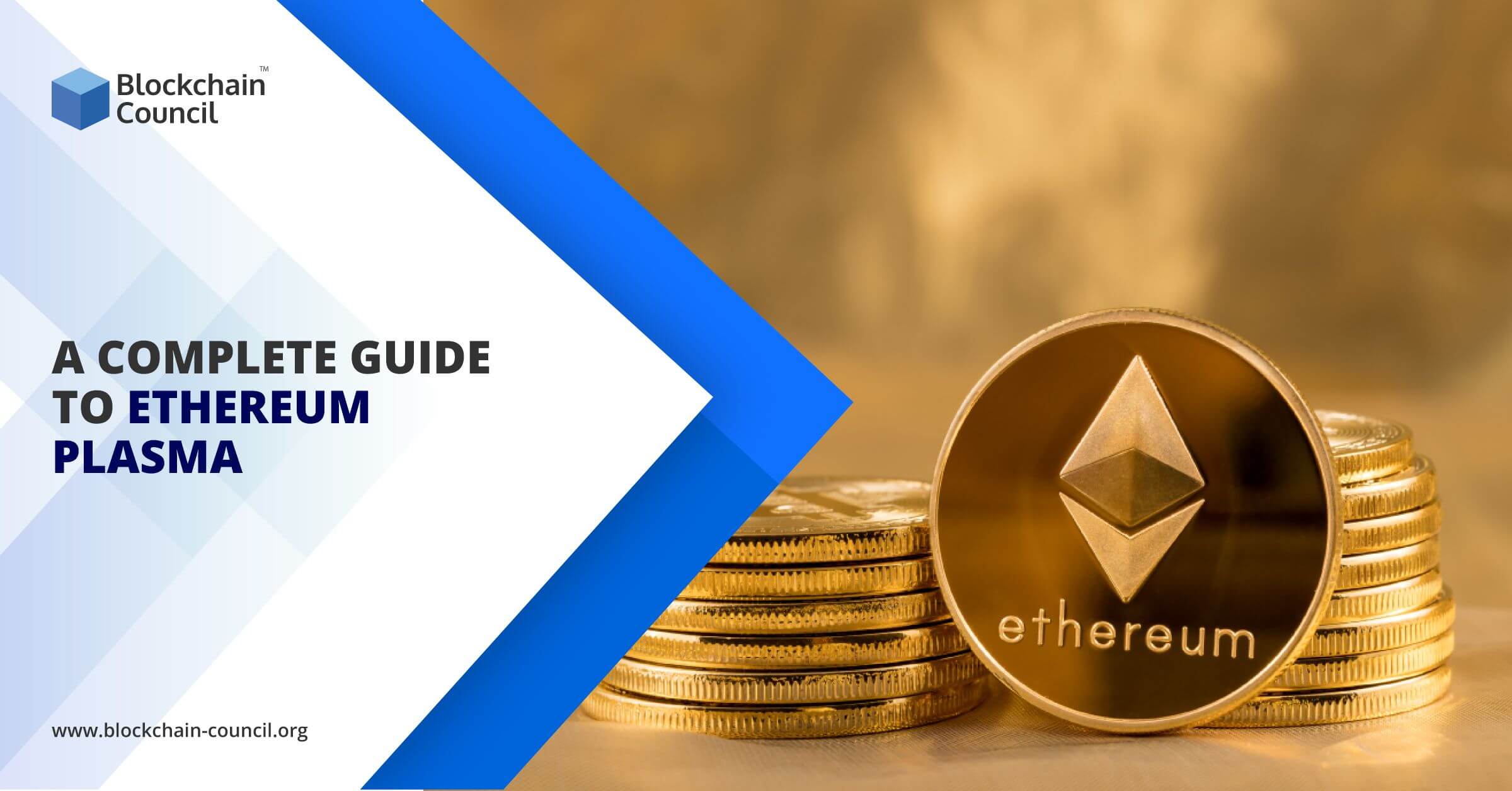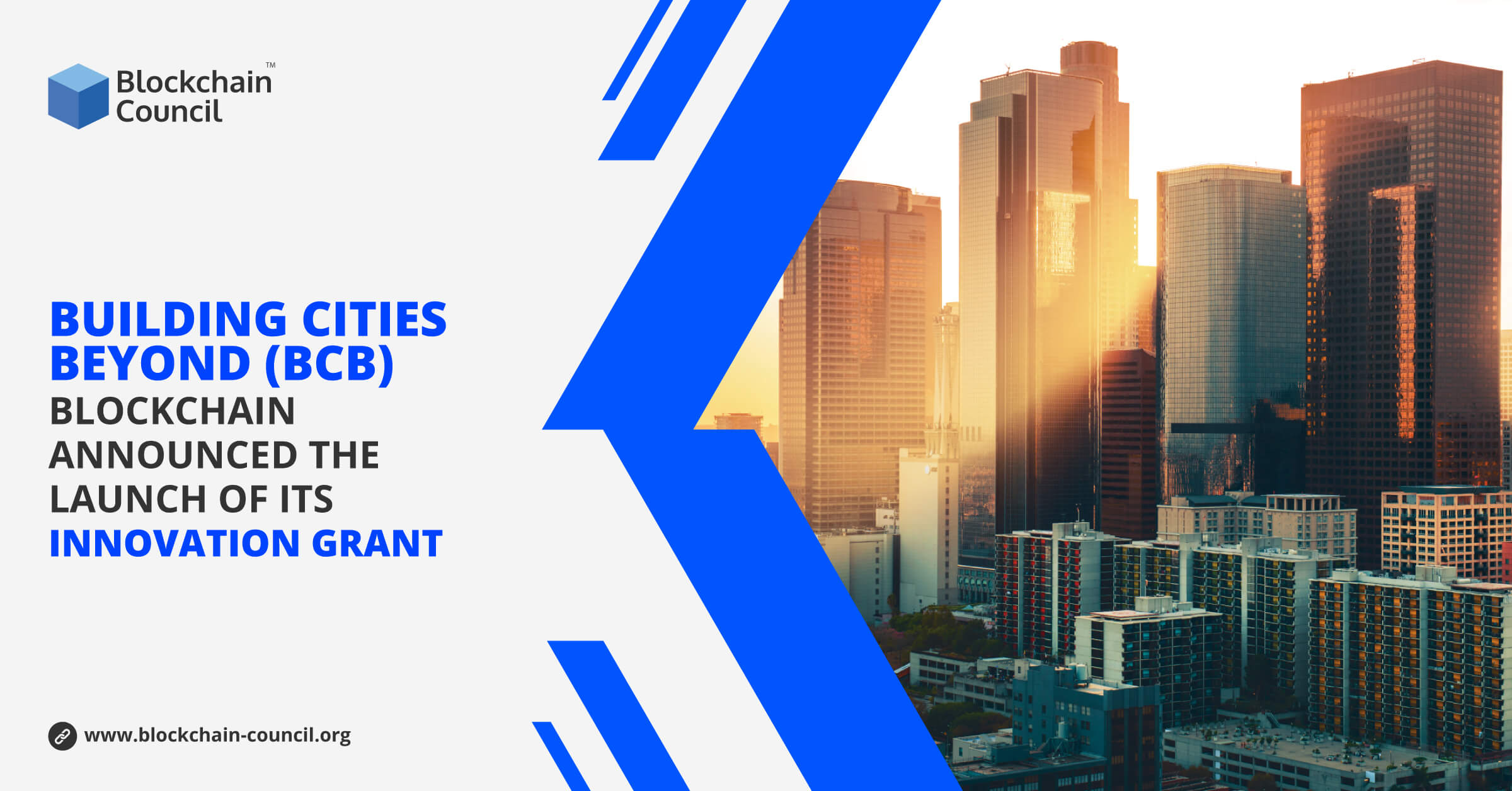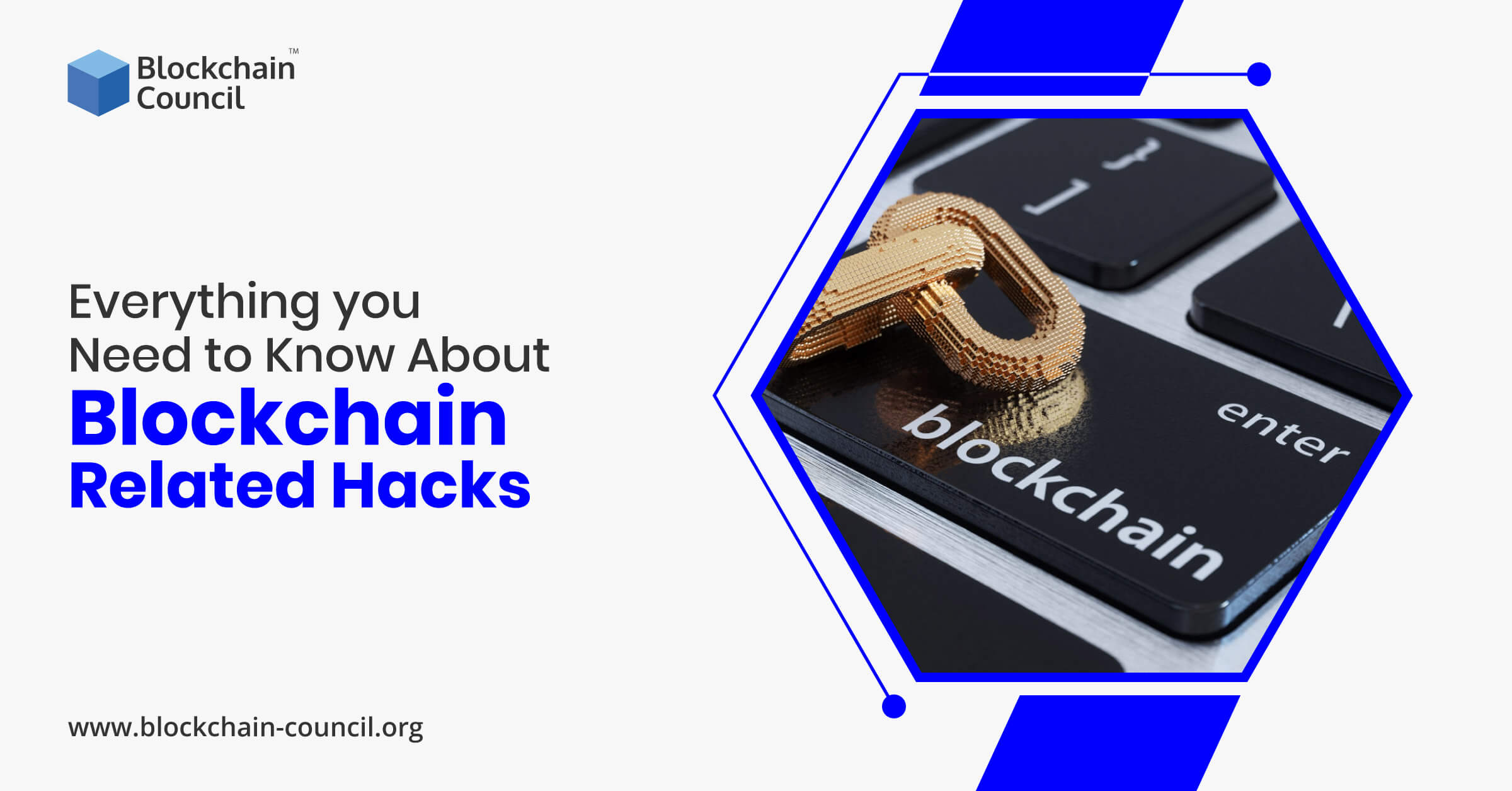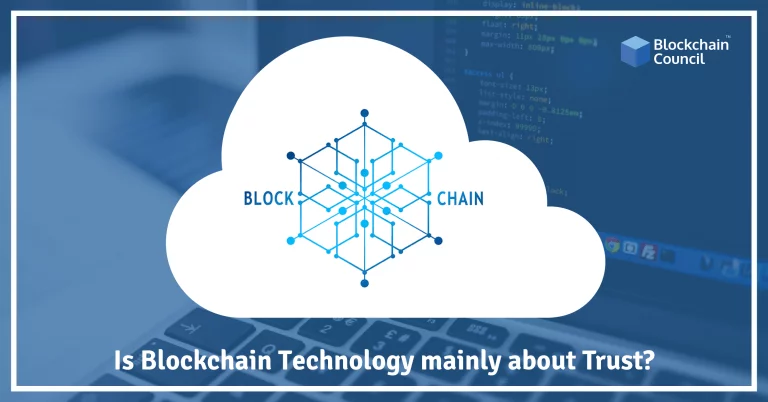
- Toshendra Kumar Sharma
- June 19, 2020
The Ethereum project aims to build a network from which calculations can be carried out beyond the blockchain and eventually ensure that the chain scales billions of calculations per second with the least possible amount of chain updates. With Plasma technology’s assistance, nodes will not be required to confirm all data during the conclusion of the next smart contract. You can become a Certified Smart Contract Developer yourself.
Ethereum blockchain developers report that the use of their technology allows transactions between trusted nodes without having to refer to the main block, and can be carried out in a variety of projects. Cryptocurrency trading sites, blockchain systems, and decentralized social networks all make use of Plasma technology to improve pace and protection parameters.
Learning of blog
- Overview
- Key Elements of Plasma
- Plasma Architecture
- Is Plasma Secure?
- Protection From Malicious Activity
- Issues
- Final Word
So let’s deep dive into the article and have a look at what Ethereum Plasma is.
Overview
Plasma is another Ethereum second-layer scaling solution for growth. It is anticipated to be the second fully deployed scaling solution on the mainnet Ethereum after state channels. Plasma refers to a framework that allows the creation of child blockchains that use the main Ethereum chain as a layer of trust and arbitration. In Plasma, child chains can be designed to meet the requirements of specific use cases, specifically those that are not currently feasible on Ethereum. Decentralized applications that require users to pay hefty transaction fees are much better suited to Plasma.
Key elements of Plasma
Plasma consists of the following elements:
- A motivational basis for continuous contract measurement, which would be economically advantageous.
- The design for arranging child chains in a tree-like shape to optimize output at a reduced cost.
- MapReduce architecture for building Proof-of-Fraud for state transitions in inserted chains, which is in agreement with the tree architecture for reshaping state transitions to higher scalability.
- Consensus algorithm that relies on the parent blockchain that attempts to replicate the results of the Nakamoto Consensus Drivers
- Bitmap-UTXO architecture to ensure accurate state relocation from the parent blockchain, thereby reducing exit costs. Permission to exit due to data inaccessibility or other Byzantine demeanor is the central concept of Plasma release.
Plasma Architecture
- Framing all blockchain calculation into a community of MapReduce structures, plus an additional way to execute Proof-of-Stake token linkage ahead of pre-existing blockchains, with the conception that Nakamoto Consensus Drivers disincline block restraint. This form of architecture is guaranteed by implementing a smart contract on the root blockchain using the Proof-of-Fraud method.
- The Ethereum team constitutes blockchains in a tree-like structure and manages each as a separate blockchain with an enforced blockchain background and MapReducible calculations embedded in Merkle proofs. By reframing one block into a child blockchain supported by the parent chain, users can achieve a broad scale with reduced trust in the root blockchain presence and accuracy.
- In a blockchain, the decision to ensure correctness typically depends on each participant testing the chain. To consider a new block, the block must be thoroughly checked to ensure accuracy. Many efforts to scale up the transaction throughput of the blockchain call for the use of temporary obligations to create a reliable bond in such a way that the claimed data must be subject to a controversial period letting participants ensure conformity with the state. This assert/challenge architecture assists in determining whether the particular state is correct.
- In the case of fraudulent or misdemeanor, blockchain may punish the guilty party. It provides a framework to allow participants to enforce consequences, but only if and only if an incorrect state is claimed. With this assert/challenge/proof model, interested participants will claim ground truths to non-interested participants on the fundamental blockchain. This architecture can be used not only for payments but also for computation, making blockchain the decision-maker for contracts.
Is Plasma Secure?
Many potential holes that make Plasma appear to be unsafe. Similar to the state channels, Plasma uses the Ethereum blockchain as an arbitration layer. In the case of a malicious entity, users may still return to the main chain as a trusted source. The leading Ethereum network and child chains are linked together through root contracts, which are just smart contracts on the Ethereum blockchain that consist of rules that guide each child chain.
Protection From Malicious Activity
Most of the potentially malicious activity is centered around child chains that are primarily controlled by central entities. There are fewer parties in the DPoS or PoA blockchain that produce and validate blocks, making them more vulnerable to corruption. Plasma protects against this risk by allowing users to submit fraud evidence against any of the block producers’ work, successfully creating an economic check on their incentives.
Issues with Plasma
Plasma’s main caveat is that it takes much longer for users to withdraw their funds. Although state channels allow users to withdraw assets at any time, Plasma users have to wait for a default arbitration period that usually lasts 7 to 14 days. This can be a bad experience for users who do not have a large number of assets and do not want to wait for weeks to have to access their interest.
Final Word
Ethereum has put forward a new and engaging platform to enhance the scalability of blockchain. The Plasma protocol is still under test. Ethereum experts who took part in the tests noted a high throughput: up to 5,000 transactions per second. As a result, multiplication in the number of projects on the Ethereum Platform would not be correlated with network congestion or transaction delays. To be up to date with the advancing technology, you can try considering a career in blockchain, or enroll in an ethereum certification program today!





































































 Guides
Guides News
News Blockchain
Blockchain Cryptocurrency
& Digital Assets
Cryptocurrency
& Digital Assets Web3
Web3 Metaverse & NFTs
Metaverse & NFTs
